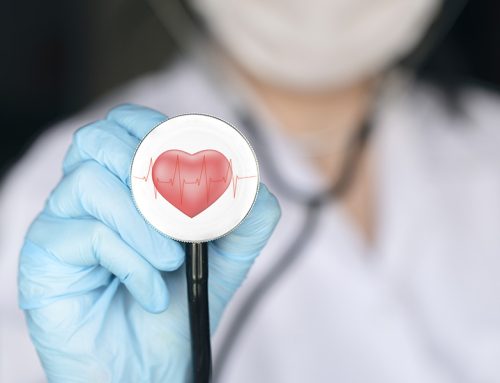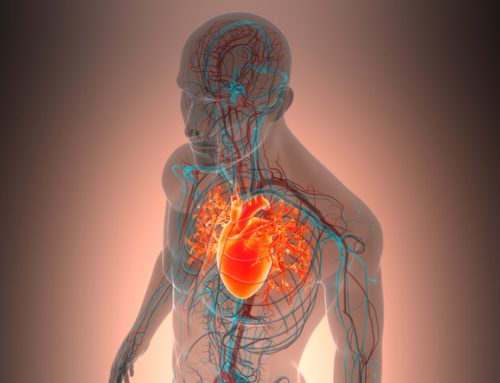
Dr. William Judy, Chairman and Founder, SIBR Research, Inc. At the Bologna conference, Dr. Judy presented a summary of his research into the absorption of ubiquinone and ubiquinol.
Home again from the 8th International Coenzyme Q10 Association conference in Bologna, Italy, October 8 – 11, 2015, Dr. William Judy has shared with me some of the questions that conference participants posed to him. I am happy to reproduce the Q & A here since the questions show the Q10 researchers’ concerns and Dr. Judy’s best understanding of the current state of Coenzyme Q10 research.
Question from Dr. Yamamoto: … Since ubiquinol is converted to ubiquinone in the stomach and small intestines before absorption, why isn’t it converted back to ubiquinol before absorption?
Dr. Judy’s Answer: … According to Dr. Dallner and Dr. Ernster, the lymph and vascular endothelium is where the NQO-1 converting enzyme is coming from. In the stomach and small intestines, the converting enzyme may be insufficient to drive ubiquinone to ubiquinol.
Question from Dr. Motto: … Why do you use the single-dose absorption method to measure bioavailability?
Dr. Judy’s Answer: … We do not use the single-dose absorption method to measure bioavailability. We measure bioavailability using the 28-day steady state method. Using the single-dose absorption method, we can calculate the percent of the dose absorbed at Cmax during the absorption interval. We can also gain a fairly good estimate of the total absorption.
Question from Dr. Medvedev: … Compared to how long it takes ubiquinol to convert to ubiquinone in room air, how fast does it convert to ubiquinone in the stomach?
Dr. Judy’s Answer: …The conversion is much faster in the stomach at body temperature. About 2 hours compared to 24 hours.
Question from Dr. Rosenfeldt: … Is it possible for ubiquinol to convert to ubiquinone in the soft-gel capsule?
Dr. Judy’s Answer: … Yes, I have seen it happen, and others have also observed such. The gelatin capsule can evidently absorb oxygen. This will cause the ubiquinol to give up two electrons and be converted to ubiquinone. In fact there is a TV commercial in the USA that shows the ubiquinol being squeezed out of the soft-gel capsule, and it is a yellow-orange color just like that of the oxidized ubiquinone molecule.
Question from Dr. Heinrich: … Is the single-dose absorption method used more often in the USA to measure the bioavailability of CoQ10 than is the steady-state method?
Dr. Judy’s Answer: … No, the steady state method is most commonly used. In the past few years, more and more investigators are using the single-dose method to measure the absorption during the intestinal absorption interval. It is a much faster and less expensive study. The bioavailability study is a measure of the CoQ10 accumulation in the blood that is available to the cell. The best measurement would be cellular CoQ10 uptake.
Question from an unidentified conference participant: … If ubiquinol had been used in the Q-SYMBIO clinical trial, would the results of the study been better, less, or the same?
Dr. Judy’s Answer: Based on the bioavailability studies showing a greater bioavailability of the ubiquinol product, the Q-SYMBIO trial should have been better if ubiquinol had been used. Based on my bioavailability study, the results should have been the same. To prove which CoQ10 product would produce the best result, the study needs to be conducted using ubiquinol.
Question from unidentified conference participant: … Based on the CoQ10 Cycle, what is the driving force for the conversion of ubiquinone to ubiquinol and from ubiquinol back to ubiquinone?
Dr. Judy’s Answer: The oxido-reductase enzymes controlled by the NQO-1 gene drive the ubiquinone to ubiquinol. The concentration of the free radicals and superoxides drives the ubiquinol back to ubiquinone. There was a study presented here today that suggested that the converting enzyme (NQO-1) may be reversible. If this were true, then how would the superoxides and free radicals produced in the synthesis of energy be neutralized? Also, another paper was presented by Dr. Ross that showed only 4% of the Causcasian population had a mutation of the NQO-1 gene and a deficiency of the converting enzyme. This is low compared to the greater than 20 % mutation rate of the Indian, Mexican, and Chinese populations.
Question from Dr. Heinrich: … In the Coca cell presentation, it was shown that ubiquinol enters the cell greater than ubiquinone. What do you feel is the driving force for this?
Dr. Judy’s Answer: …The driving force in this in-vitro study has to be a higher concentration of ubiquinol in the media surrounding the Coca cell. It was also shown that if you blocked the converting enzyme, the ubiquinol was no better taken up by the cell than was the ubiquinone.
The take-away from the Q10 conference
We did not get a good solid explanation as to why consumers would want to buy a less stable ubiquinol product when the ubiquinol contained in the capsules is going to be converted to the ubiquinone form prior to absorption. The question is especially relevant when one considers that the ubiquinol form is less stable than the ubiquinone form and could become oxidized in the capsule itself.
There will be another conference in a couple of years, and, by then, we should know more about this question of why the ubiquinol product is being marketed in the United States so much more forcefully than the research evidence seems to warrant.








Leave A Comment